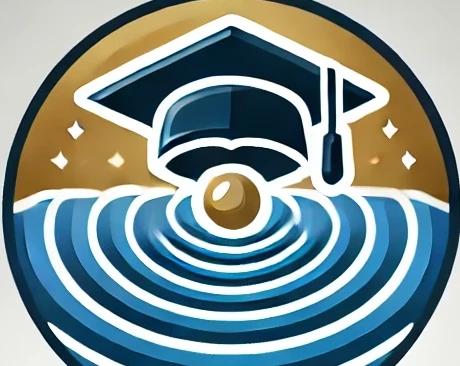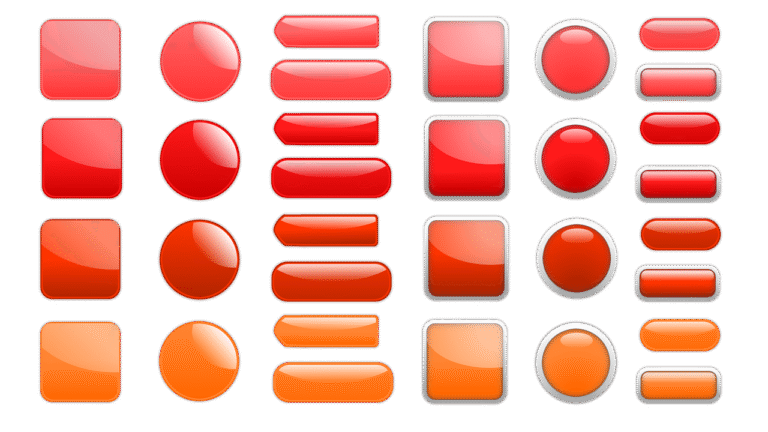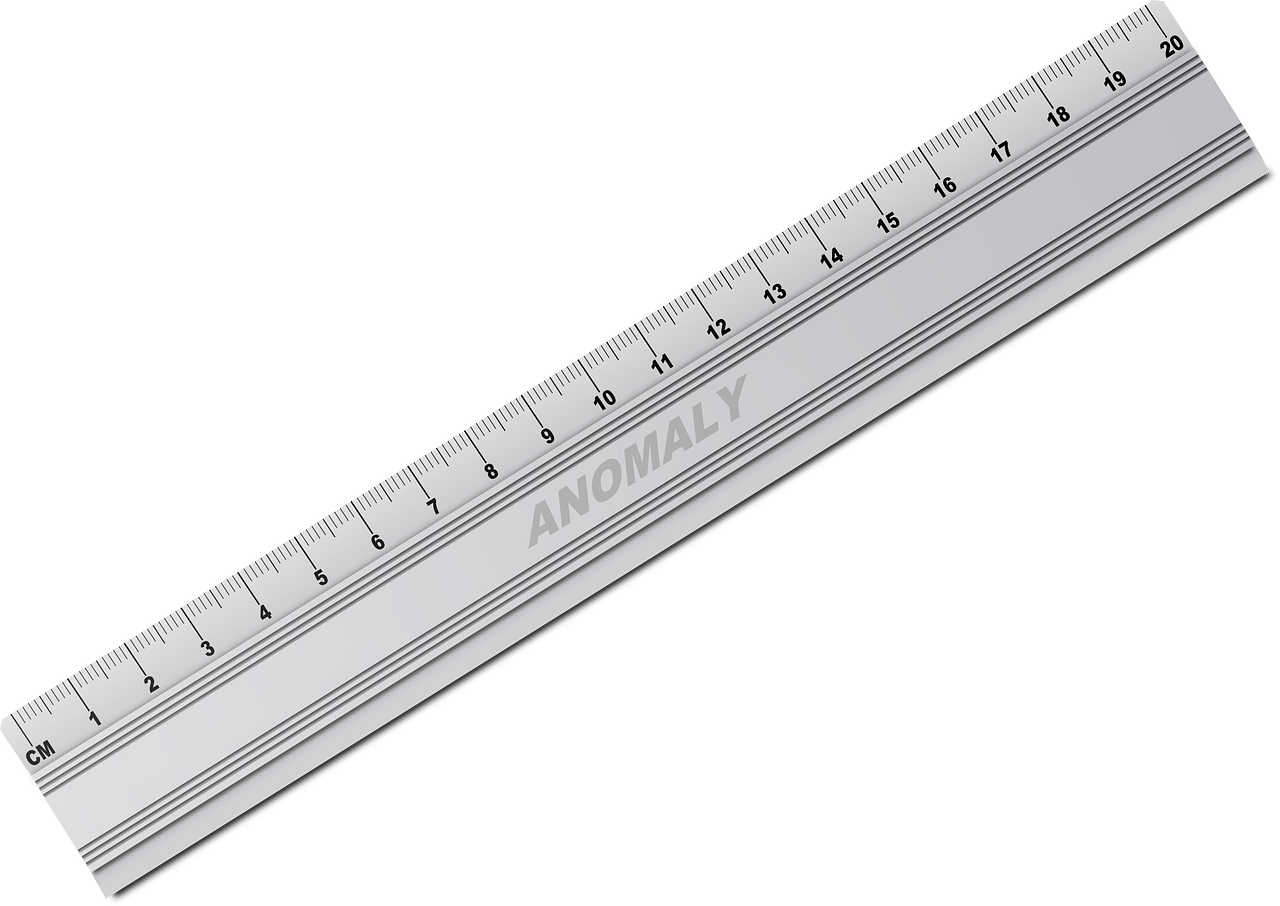Class: Primary 4
Subject: Mathematics
Term: Third Term
Week: 3
Topic: Symmetry – Meaning and Identification of Symmetrical Plane
Duration: 1 Hour
A. Lesson Objectives
By the end of the lesson, pupils should be able to:
Define symmetry and line of symmetry.
Identify symmetrical shapes.
Draw lines of symmetry in 2D shapes.
Recognize objects with symmetrical planes in their environment.
B. Instructional Materials
Chart showing symmetrical and asymmetrical shapes
Cut-out paper shapes (circle, square, triangle, rectangle)
Mirror (for symmetry demonstration)
Drawing paper and pencils
Ruler
C. Lesson Content
1. Meaning of Symmetry
Symmetry means when a shape or object is exactly the same on both sides if you fold or divide it through the middle.
The dividing line is called the line of symmetry or symmetrical plane.
2. Line of Symmetry (Symmetrical Plane)
A line of symmetry divides a shape into two equal parts that are mirror images of each other.
Examples:
A square has 4 lines of symmetry.
A rectangle has 2 lines of symmetry.
A circle has many (infinite) lines of symmetry.
A triangle (equilateral) has 3 lines of symmetry.
3. Symmetrical vs Asymmetrical Shapes
| Symmetrical Shape | Asymmetrical Shape |
|---|---|
| Circle | Irregular polygon |
| Square | L-shaped figure |
| Equilateral triangle | Letter “F” |
| Rectangle | Trapezium (sometimes) |
4. Identifying Symmetrical Planes
To check if a shape has symmetry:
Fold the shape in half – do both sides match?
Use a mirror – does one side reflect the other?
Draw a line through the centre – do the halves look alike?
5. Real-Life Examples of Symmetry
Butterfly wings
Human face
Leaves
Buildings (some)
Tiles and floor patterns
D. Class Activities
Pupils fold paper shapes to find lines of symmetry.
Draw and label symmetrical lines on shapes.
Use mirrors to check symmetry.
Identify objects in the classroom that are symmetrical.
E. Evaluation
What is symmetry?
How many lines of symmetry does a square have?
Draw a rectangle and show its lines of symmetry.
Name two symmetrical objects around you.
What do we call the line that divides a shape into two equal parts?
F. Assignment
Draw the following shapes and show their lines of symmetry:
a. Circle
b. Triangle
c. RectangleLook around your home and list 3 symmetrical objects.
G. Conclusion
Symmetry helps us recognize balance and beauty in shapes.
A symmetrical shape can be divided into two equal parts.
Knowing symmetry is useful in drawing, design, and nature.






